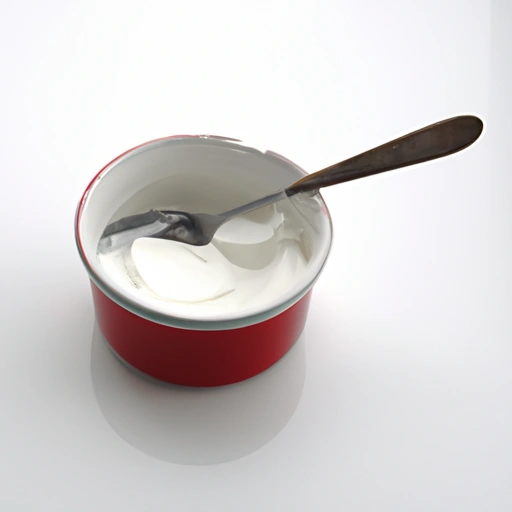Cream
Description

Cream is a dairy product composed of the higher-butterfat layer skimmed from the top of milk before homogenization. In un-homogenized milk, the fat, which is less dense, will eventually rise to the top. In the industrial production of cream, this process is accelerated by using centrifuges called 'separators'. Cream is widely used in cooking, baking, and beverages for its rich flavor and velvety texture. It is sold in several grades depending on the total butterfat content. These grades include heavy cream or heavy whipping cream (36-40% butterfat), whipping or light whipping cream (30-36% butterfat), light or coffee cream (18-30% butterfat), and half-and-half (10.5-18% butterfat).
Common uses
Cream is commonly used as a base for sauces, soups, and custards. It is also whipped for toppings on desserts and beverages. In baking, cream contributes to the richness and tenderness of pastries and cakes. Cream can be fermented to produce sour cream, which is used in a variety of recipes from dips to baked goods.
Nutritional value
Calories
Heavy whipping cream contains about 51 calories per tablespoon (15 ml or about 0.5 fl oz).
Protein
Cream is relatively low in protein, containing about 0.31 grams per tablespoon (15 ml or about 0.5 fl oz).
Fat
As a high-fat dairy product, it has about 5.4 grams of fat per tablespoon (15 ml or about 0.5 fl oz), most of which is saturated fat.
Carbohydrates
Cream contains approximately 0.42 grams of carbohydrates per tablespoon (15 ml or about 0.5 fl oz).
Vitamins
Cream is a source of fat-soluble vitamins, including vitamin A and vitamin D.
Minerals
It contains trace amounts of minerals such as calcium and phosphorus.
Health benefits
Cream, particularly the grass-fed variety, can provide beneficial nutrients like vitamins A and D. Its high-fat content can also contribute to satiety, potentially aiding in weight management when consumed in moderation.
Potential risks
The high saturated fat content in cream can contribute to heart disease if consumed in excess. Individuals with lactose intolerance or dairy allergy should also avoid cream.
Common recipes
Cream is used in a variety of recipes such as ice cream, sauces like Alfredo, desserts like panna cotta, and soups like cream of mushroom.
Cooking methods
Cream can be used in simmering, boiling, baking, and whipping as part of cooking and preparation methods.
Pairing with other ingredients
Cream pairs well with fruits, coffee, chocolate, and various herbs and spices, enhancing both sweet and savory dishes.
Summary
Cream is a versatile dairy ingredient with a rich history and myriad culinary uses. From enriching sauces and soups to serving as a decadent topping for desserts, cream adds a touch of luxury to any dish. With its nutritional benefits and potential risks, cream is best enjoyed in moderation within a balanced diet.